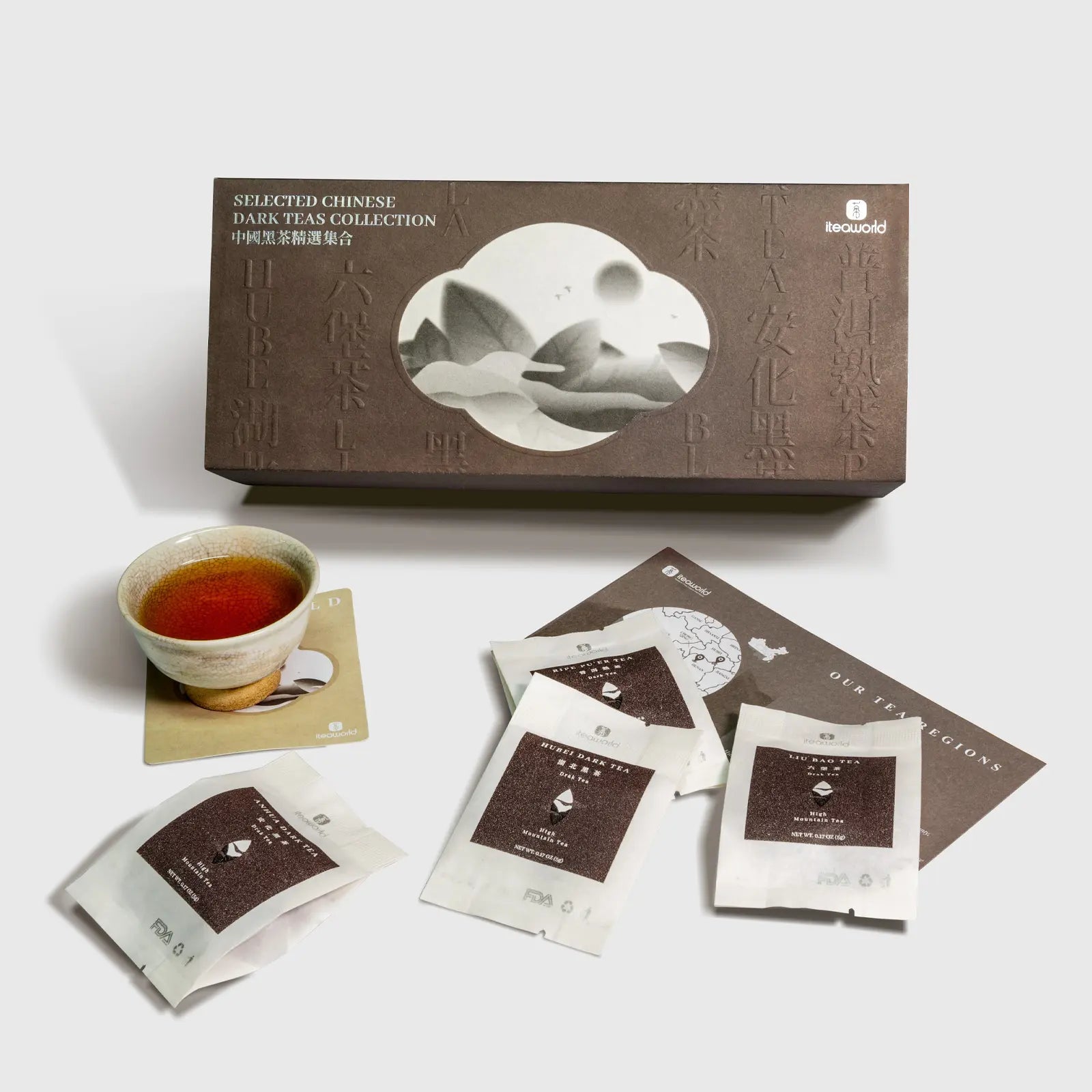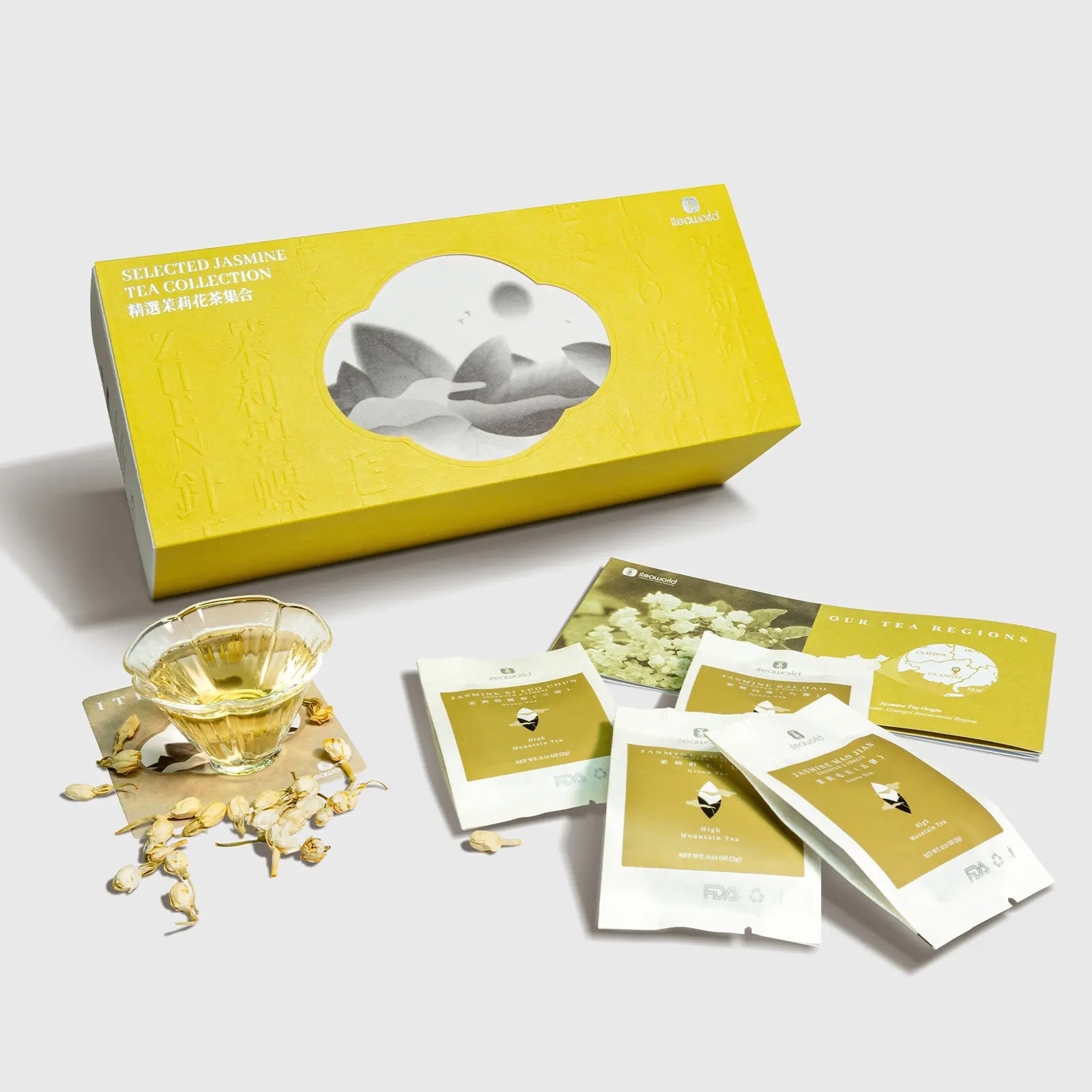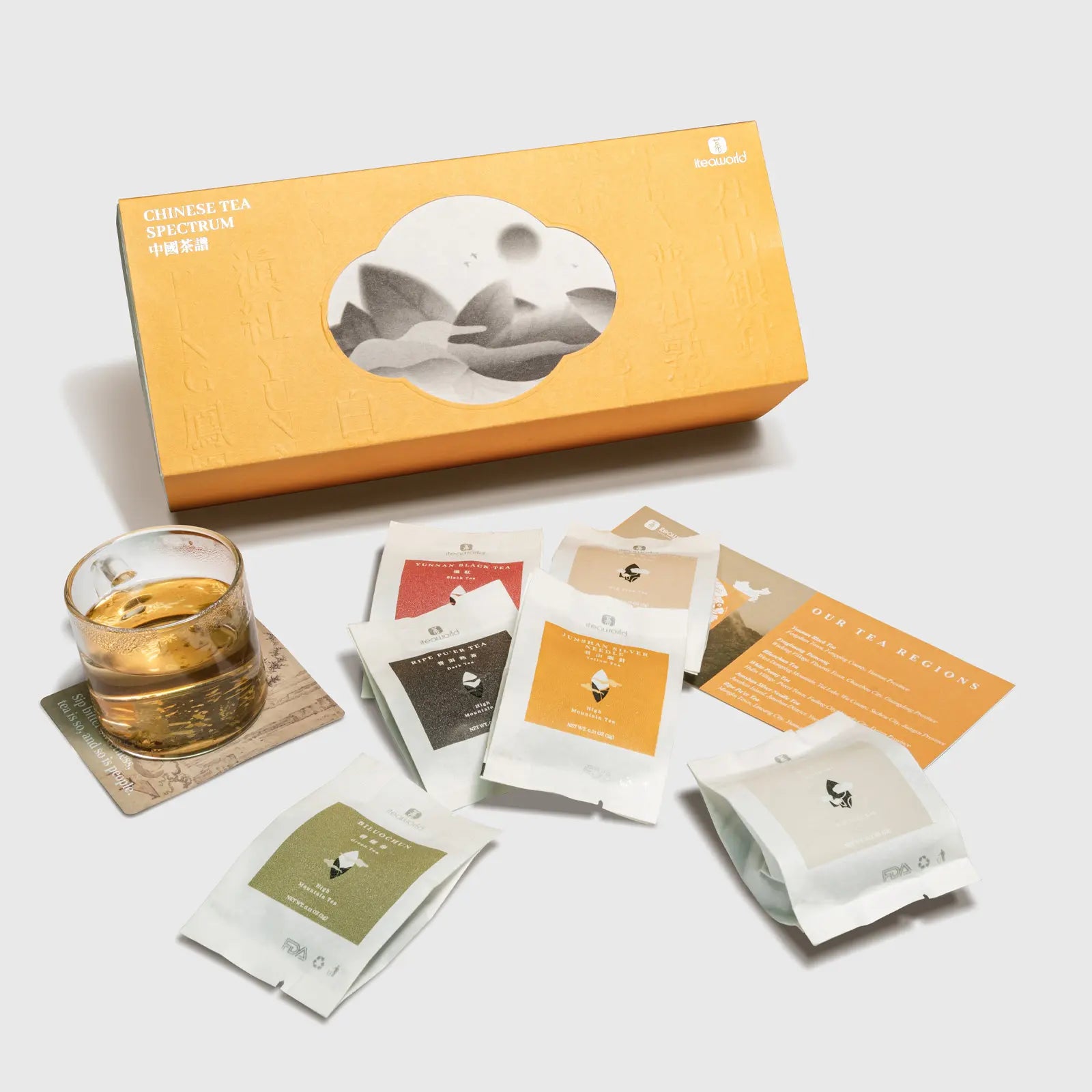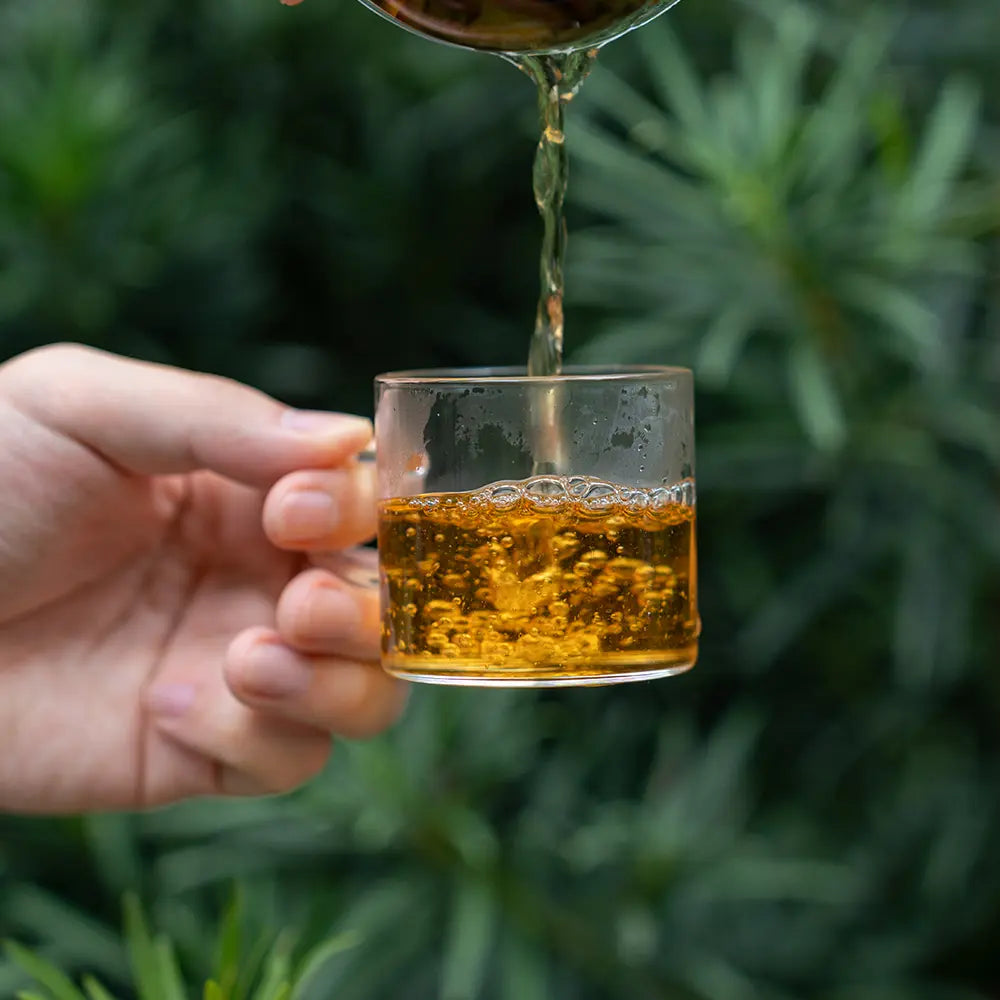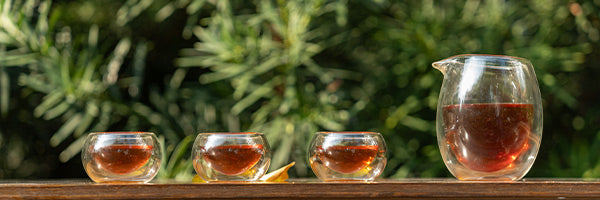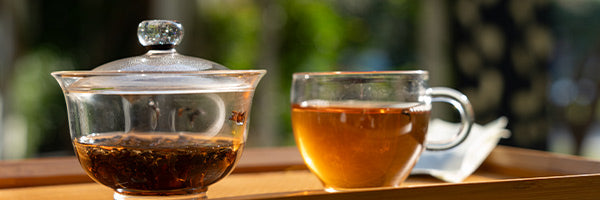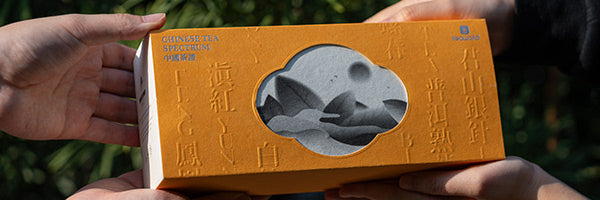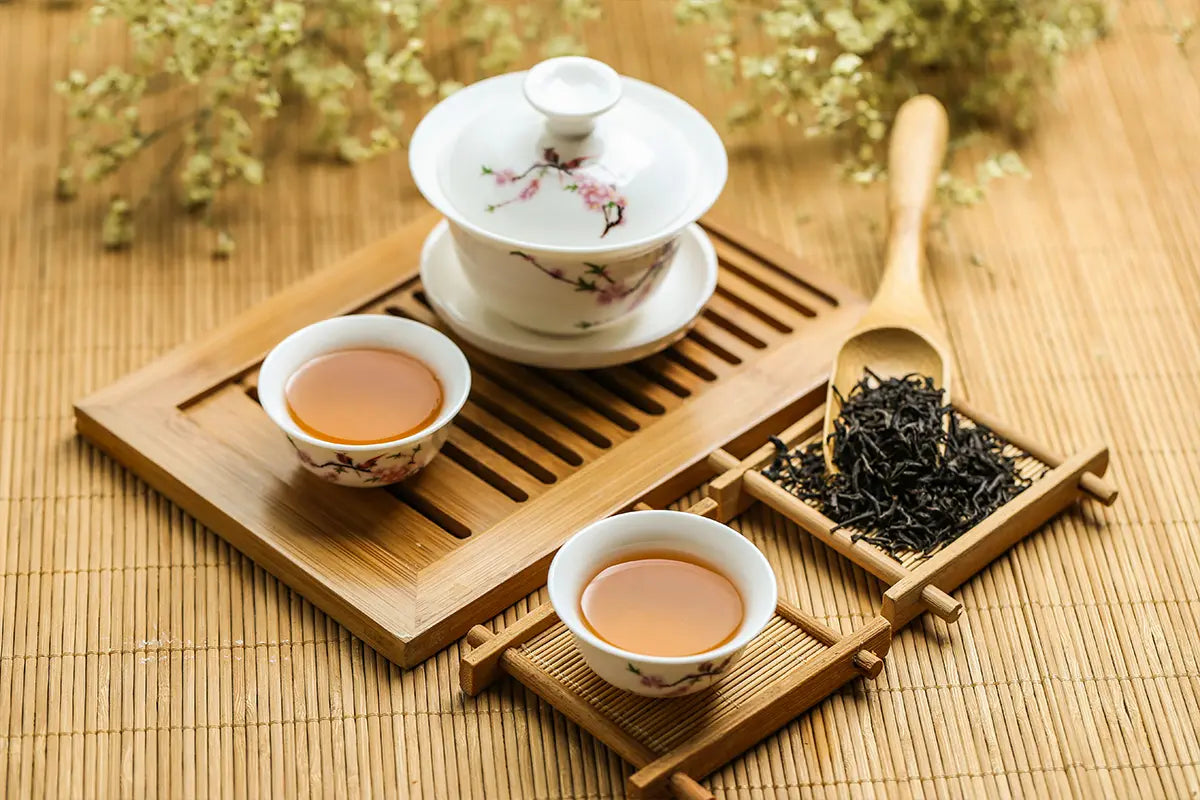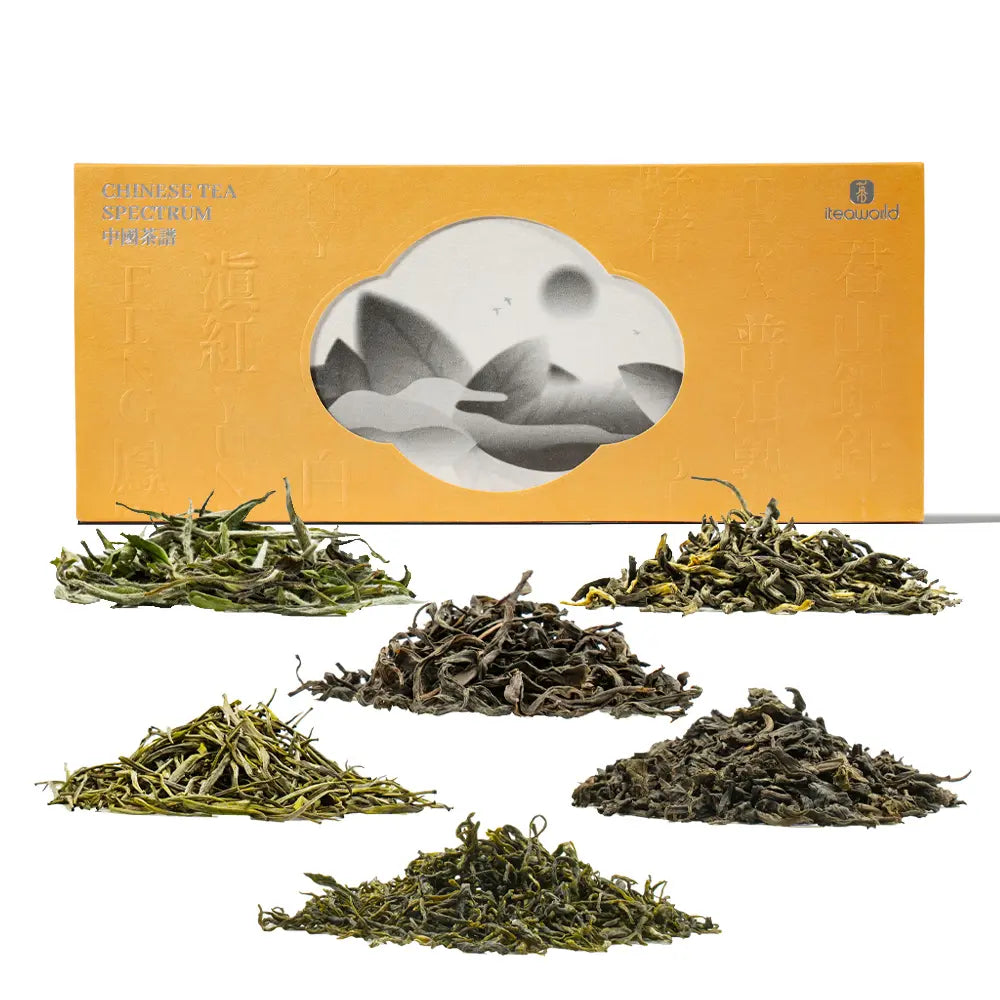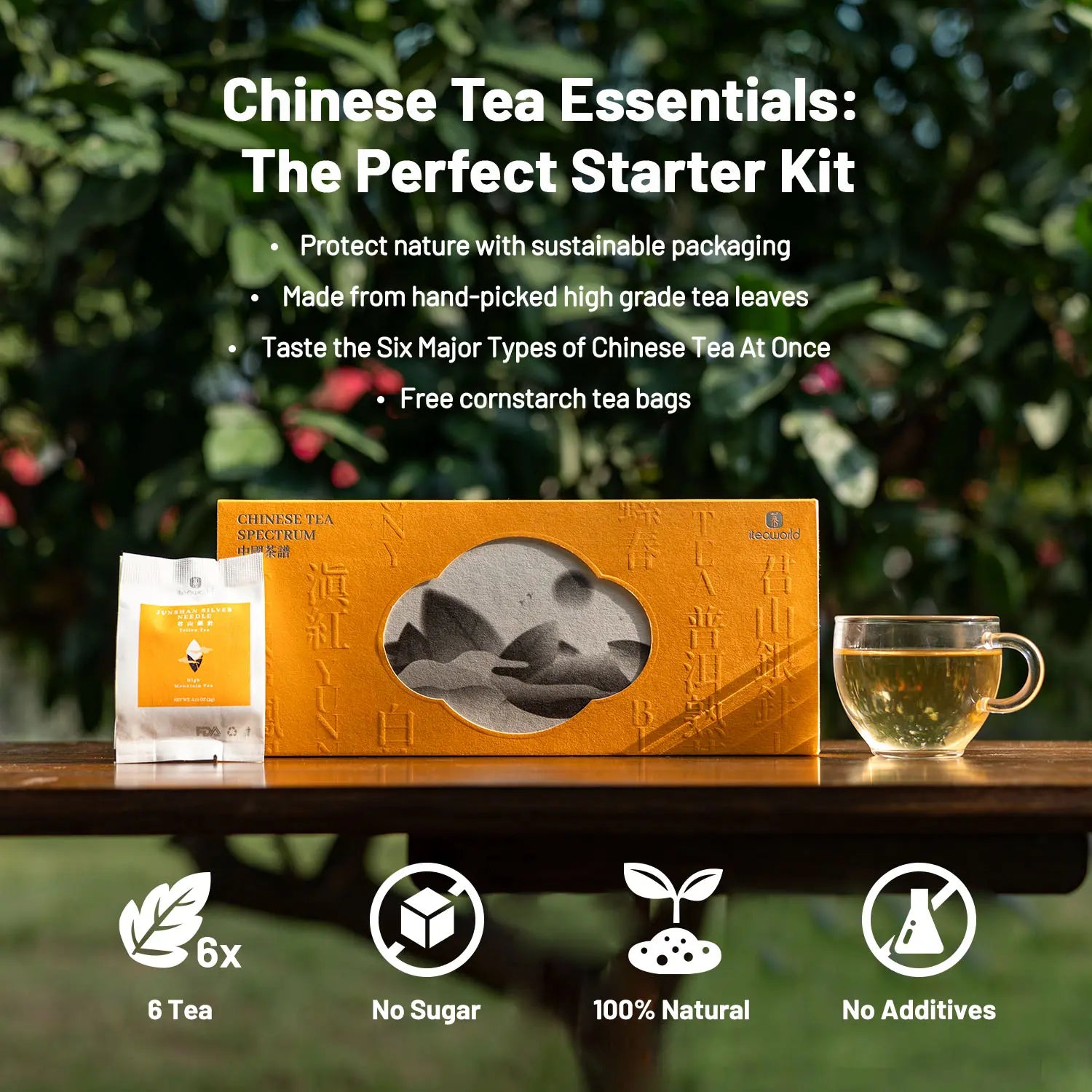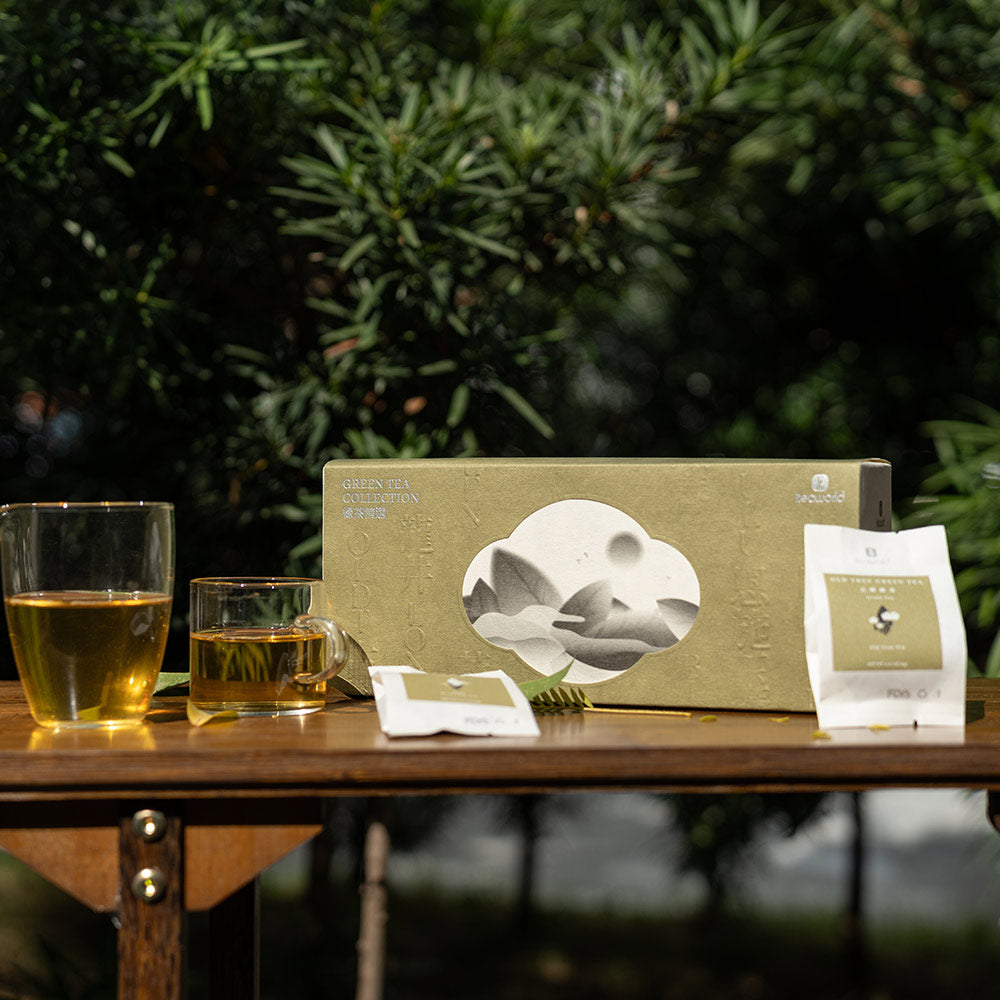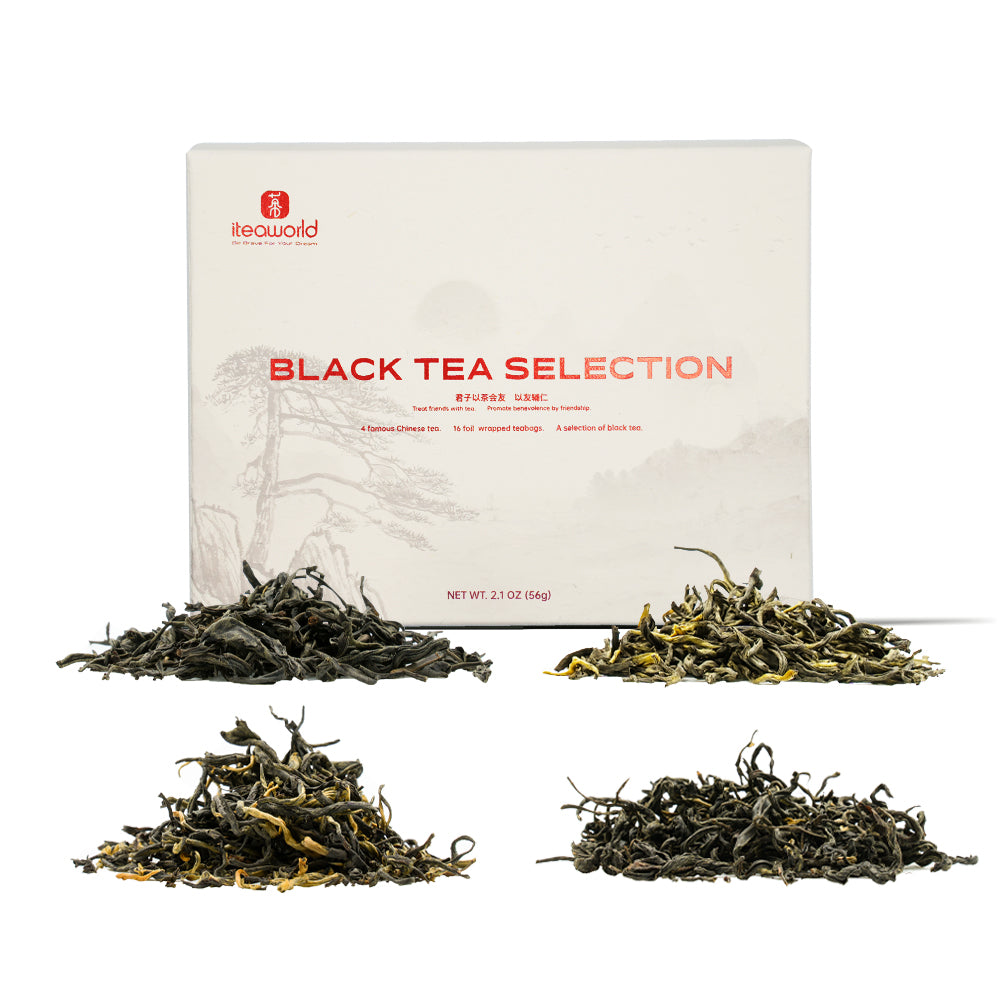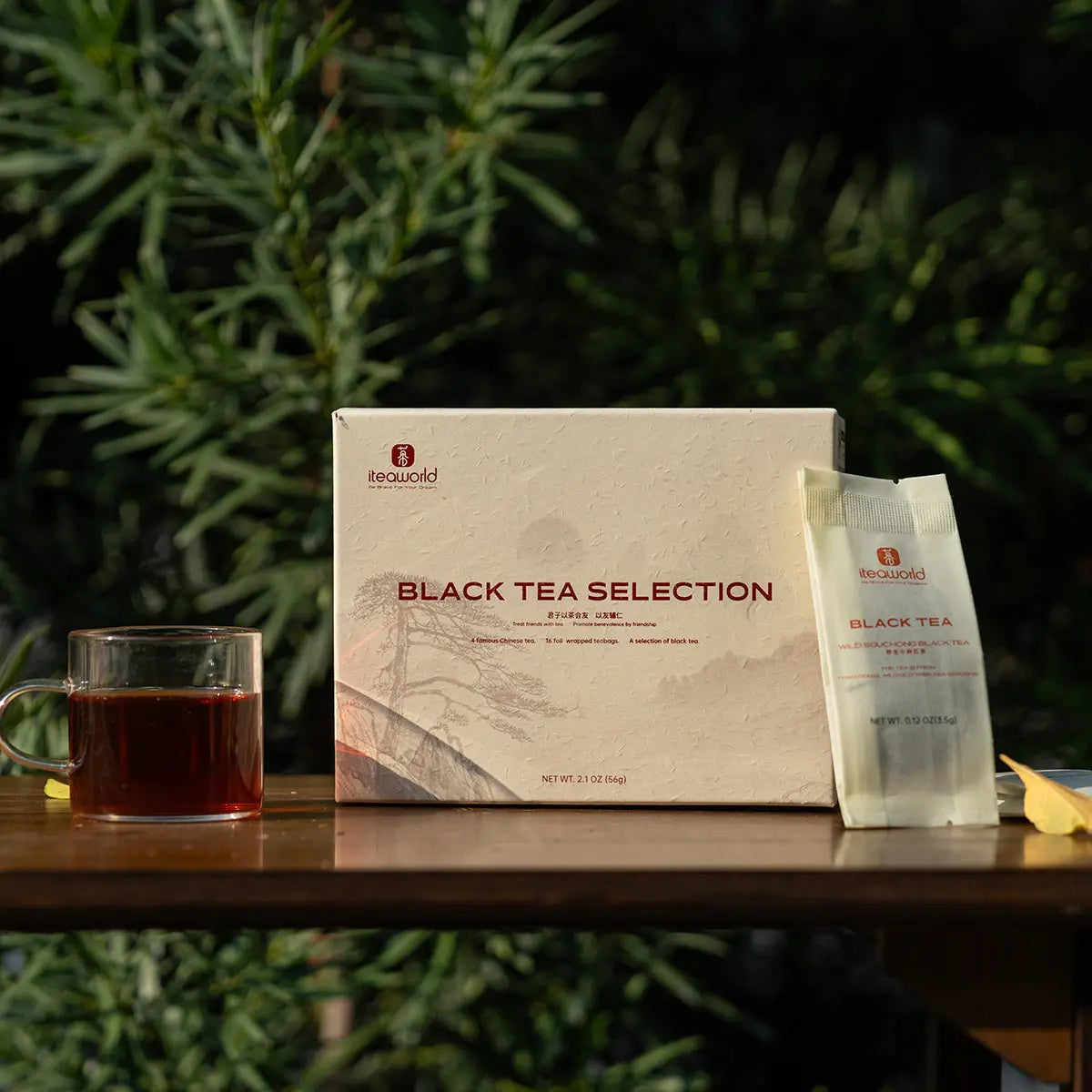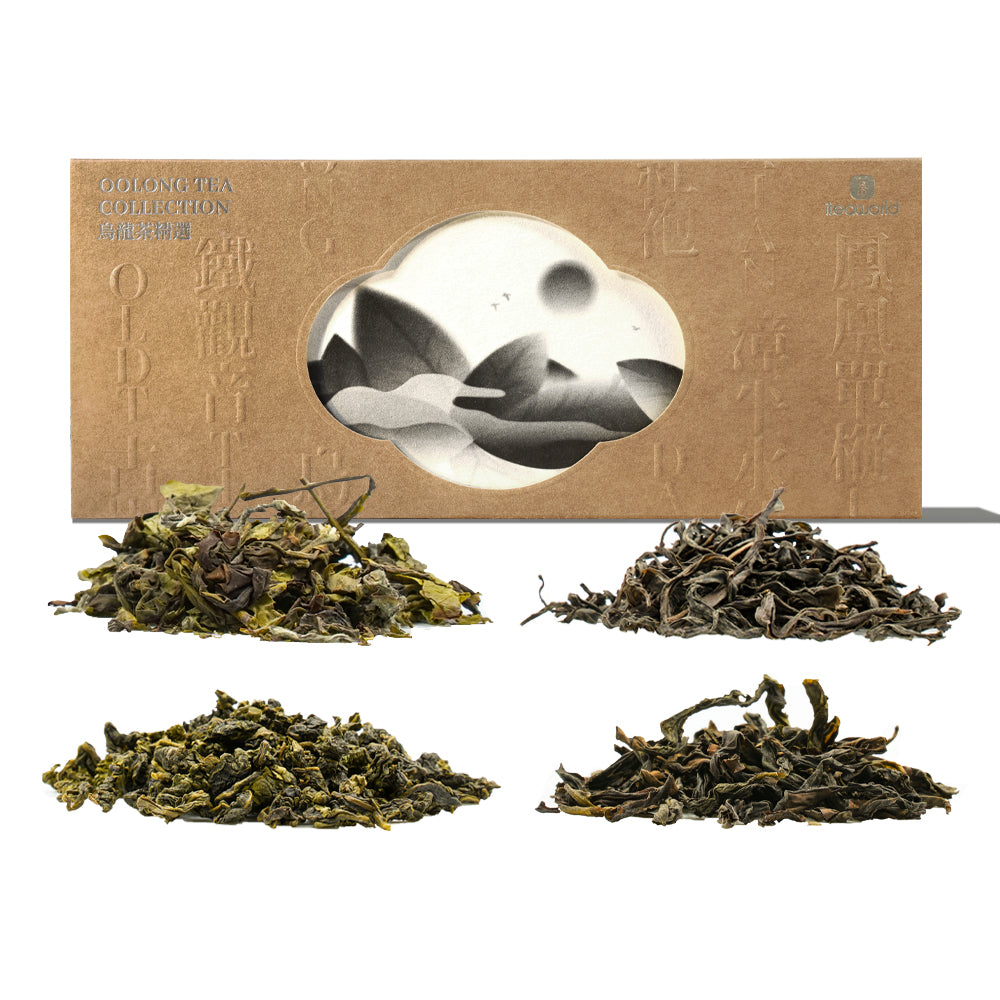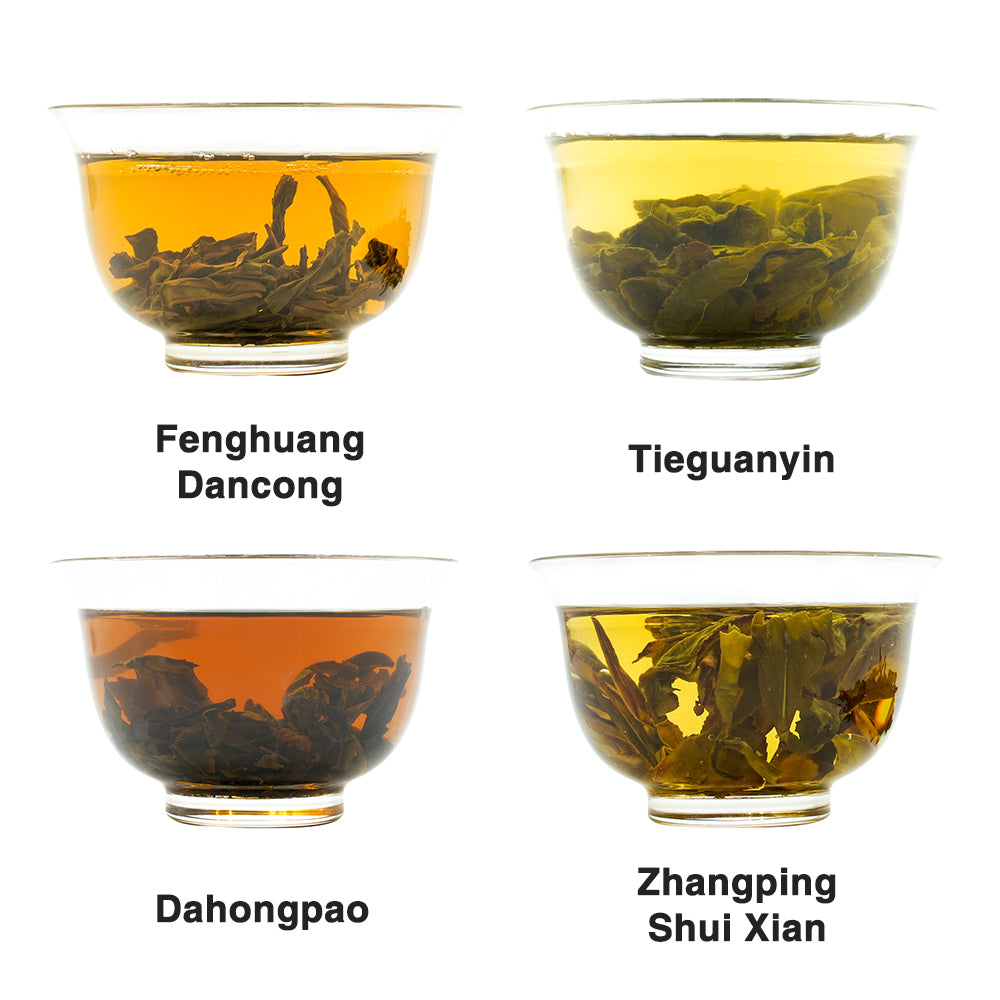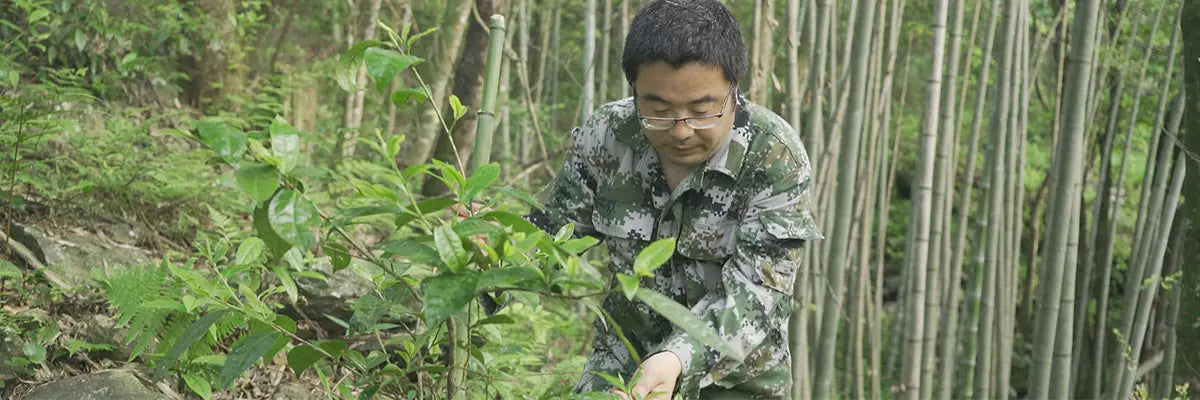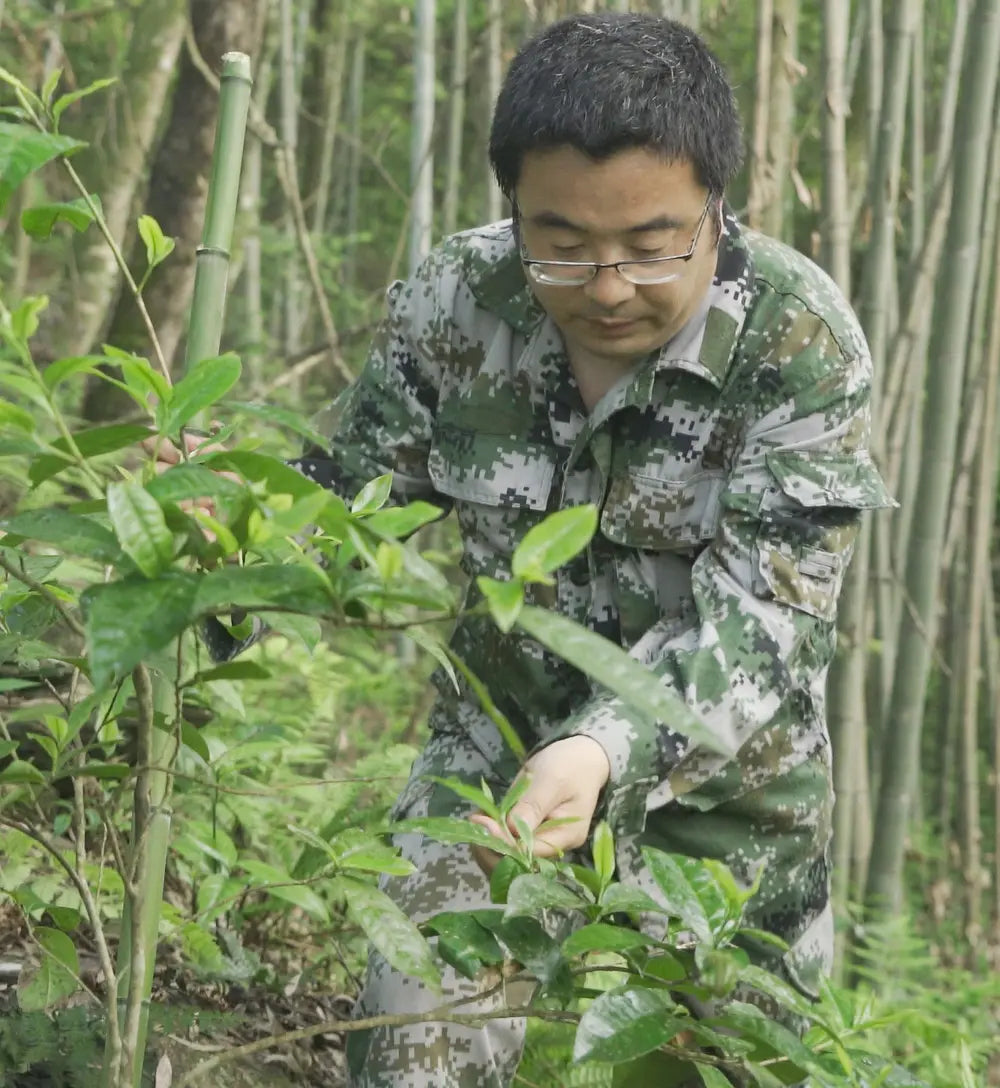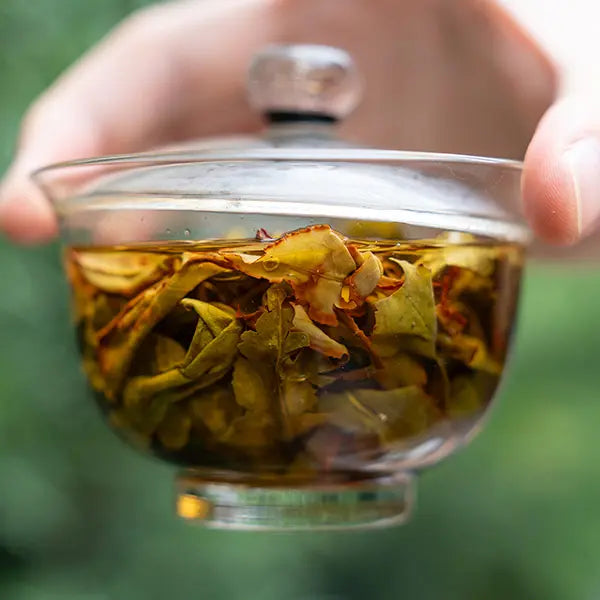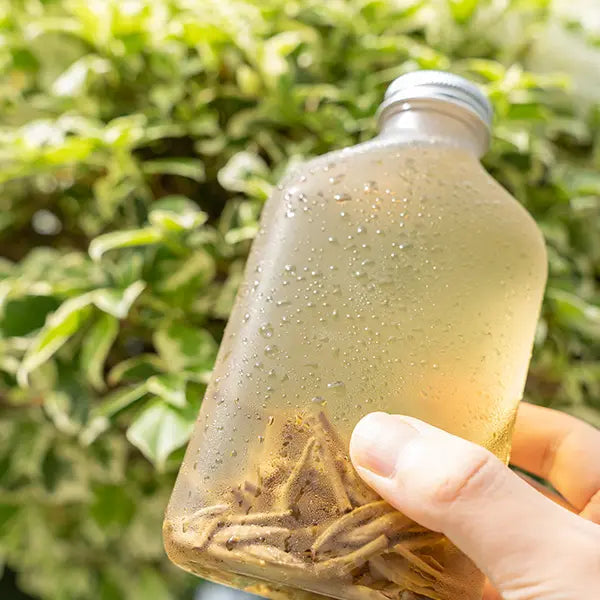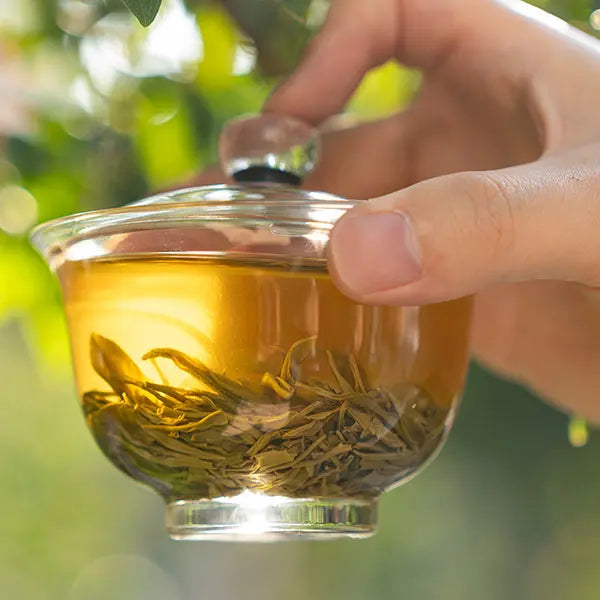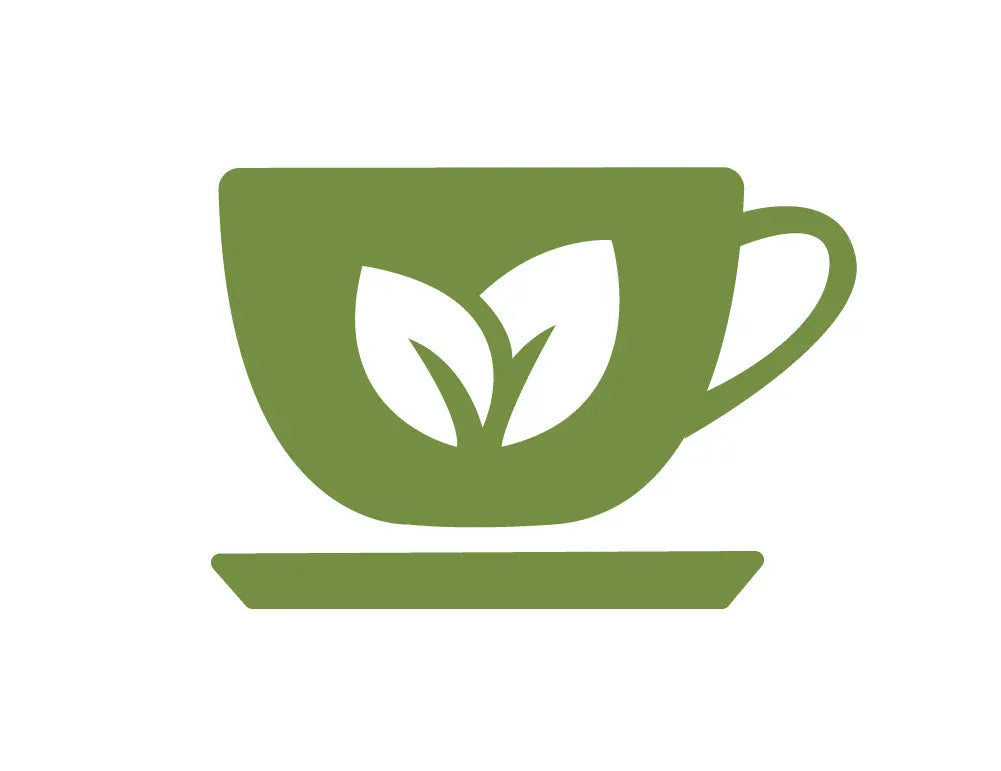Have you noticed that in our lives, some things seem bright at first glance, but after the initial novelty wears off, they don't seem as interesting anymore? On the other hand, some things may not catch your eye initially, but the more you delve into them, the more enduring and captivating they become. Chinese tea falls into the latter category.
When you delve deeper into the world of Chinese tea, it may seem complex and daunting. Is it all worth it? There might not be a straightforward answer to that question, so let's take a closer look.
What Types of Chinese Tea Are There?

If you find yourself drawn to a particular type of Chinese loose leaf tea, it's recommended to start from there. Each type of Chinese tea has its own famous and captivating varieties. There's no wrong place to start when exploring Chinese tea. If you're considering selecting tea gift sets, Chinese tea is also a great option.
· Two types of tea you may be most familiar with: green tea and black tea.
Chinese Green Tea
Loose leaf green tea is known for its fresh and tender taste. Among all types of tea, loose leaf green tea has the lowest level of oxidation, and it is precisely this characteristic that gives loose leaf green tea a high content of catechins, endowing it with excellent antioxidant properties.
In China, there are many varieties of loose leaf green tea, including famous ones like Longjing, Biluochun, Huangshan Maofeng, and Taiping Houkui.
Find more loose leaf green tea with our Green Tea Sampler.>>>
Chinese Black Tea
The rich and robust flavor, as well as the warm, reddish hue of the tea liquor, are familiar to many when it comes to loose leaf black tea. Loose leaf black tea, to some extent, is the opposite of loose leaf green tea. This is because loose leaf black tea undergoes a high level of oxidation, also known as full fermentation.
The diverse types of Chinese black tea are also worth exploring. If you enjoy a strong flavor and distinct aroma, trying Chinese Dian Hong tea may pleasantly surprise you. For those who prefer something more unique, black tea with a smoky flavor, such as traditional Lapsang Souchong made through a special production process, is worth a try.
Find more loose leaf black tea with our Black Tea Sampler.>>>
· Tea with lighter oxidation levels
Now let's introduce two types of tea you may not be as familiar with: loose leaf white tea and loose leaf yellow tea. From the perspective of oxidation levels, both loose leaf white tea and loose leaf yellow tea have low oxidation levels. Therefore, in terms of taste and aroma, loose leaf white tea and loose leaf yellow tea are quite similar to loose leaf green tea, leaning towards a fresh and tender profile.
Chinese White Tea
During the production process, loose leaf white tea undergoes only minimal oxidation. The leaves are not pan-fired or rolled during production; instead, only the delicate, fuzzy-backed leaves are dried naturally or with gentle heat, preserving their white, fuzzy appearance. Compared to loose leaf green tea, loose leaf white tea has a lighter, more refreshing taste with a hint of sweetness.
Chinese Yellow Tea
The production process of loose leaf yellow tea is similar to that of loose leaf green tea, with the addition of a "yellowing" step before or after the drying process. This "yellowing" process gives loose leaf yellow tea its characteristic yellowish liquor and leaves.

· Tea with higher oxidation levels
Two other types of tea with oxidation levels similar to loose leaf black tea are: loose leaf oolong tea and loose leaf dark tea. Therefore, like loose leaf black tea, loose leaf oolong tea and loose leaf dark tea have a richer flavor profile. In terms of tea liquor, the color of loose leaf oolong tea and loose leaf dark tea is also deeper, similar to black tea.
Chinese Oolong Tea
One of the most intriguing aspects of loose leaf oolong tea is its unique production process called Zuoqing. Zuoqing involves the shaking and resting of tea leaves, which is a highly intricate and delicate process. However, it is precisely because of this Zuoqing process that loose leaf oolong tea possesses a highly aromatic characteristic that other types of tea do not have.
Find more loose leaf oolong tea with our Oolong Tea Sampler.>>>
Chinese Dark Tea
Loose leaf dark tea is a special kind of tea. Its uniqueness lies in the fact that many people initially find it difficult to appreciate its aesthetic appeal. However, as people continue to drink tea, they often become enamored with this type of tea. Loose leaf dark tea undergoes a unique post-fermentation process, which enhances its flavor profile and makes it more enjoyable to taste over time.
Find more Chinese loose leaf tea with our Chinese Tea Sampler.>>>
Beginner-Friendly Tea Brewing Techniques
Explaining the art of brewing Chinese tea can be quite complex, but starting out doesn't have to be difficult. Firstly, you can opt for a brewing vessel suitable for all types of tea: the gaiwan.
Here's a slightly simpler perspective to approach this issue—considering the oxidation level of the tea. Yes, let's continue building upon the knowledge we've discussed earlier to make it more comprehensible.
Generally, the lower the oxidation level of tea, the more delicate the leaves. Such teas are best brewed at lower water temperatures, around 80-90 degrees Celsius. Additionally, they can endure fewer brewing cycles. This brewing method is suitable for loose leaf green tea, loose leaf yellow tea, and tender white teas such as Bai Mudan.
On the contrary, the higher the oxidation level of tea, the more it can withstand steeping. Such teas are suitable for higher brewing temperatures, around 95 degrees Celsius or boiling water. They can generally endure more steeping cycles, about 5-7 times or even more. This brewing method is suitable for loose leaf black tea, loose leaf dark tea, and moderately oxidized oolong teas such as Da Hong Pao.
Below are the brewing methods for different types of tea. Beginners can refer to and experiment with them. In fact, the best brewing technique comes from practice, and many tea enthusiasts develop their preferred brewing methods over time. Trying out a loose leaf tea sampler that suit your taste would be a great start.

|
|
Suitable Tea Sets |
Brew Temperature |
Brew Time |
The Times the Tea Can Be Brewed |
|
Green Tea |
Gaiwan/Glass cup |
80-90 degrees |
10-20 seconds |
3-4 times |
|
White Tea |
Gaiwan |
80-90 degrees |
10-20 seconds |
3-5 times |
|
Yellow Tea |
Gaiwan/Glass cup |
80-90 degrees |
10-20 seconds |
3-5 times |
|
Oolong Tea |
Gaiwan/Zisha teapot |
95-100 degrees |
10-20 seconds |
5-7 times |
|
Black Tea |
Gaiwan/Zisha teapot |
90-95 degrees |
10-20 seconds |
5-7 times |
|
Dark Tea |
Gaiwan/Zisha teapot |
95-100 degrees |
10-20 seconds |
5-7 times |
The above content serves as just an introduction to understanding Chinese tea.
When delving into the world of Chinese tea, it's important not to feel overwhelmed by trying to master all the knowledge at once. Yes, if you approach it this way, you'll find that learning about tea can be quite challenging.
In reality, every new tea you try brings its own unique pleasure. Learning as you experience, progressing through experience—someday, you'll realize how far you've come on your tea journey.


